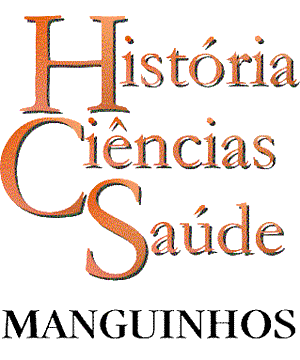Resumo em Português:
Analisa notícias sobre câncer no jornalismo da televisão brasileira, entre 2006 e 2007, resultando em 51 notícias exclusivas e 62 veiculações, em 12 diferentes emissoras nacionais de televisão (comerciais, educativas e fechadas). Os itens observados foram: origem (nacionais, internacionais); assunto (prevenção, diagnóstico, tratamento, cura, epidemiologia e/ou tabagismo); dia da semana e horários mais veiculados; características dos entrevistados; e ainda se as reportagens analisadas ofereciam aos espectadores explicações sobre fatores de risco e prevenção. Além disso, colheram-se depoimentos dos editores de telejornais das principais emissoras brasileiras. A análise dessas notícias e entrevistas evidenciou características relevantes da cobertura televisiva sobre temas de ciência e saúde, relacionadas aos critérios de seleção de pautas.
Resumo em Inglês:
The article analyzes news items about cancer on Brazilian television, based on reports that aired in 2006 and 2007, encompassing 51 exclusive news items and 62 airings on 12 national television stations (commercial, educational, and closed networks). The categories observed were: origin (national or international); subject matter (prevention, diagnosis, treatment, cure, epidemiology, and/or smoking); most common day of week and time of broadcast; characteristics of those interviewed; and whether the analyzed reports offered viewers explanations on risk factors and prevention. Statements were also taken from newsroom editors at Brazil's largest television stations. The analysis of these news items and interviews revealed interesting features of television coverage of science and health topics, which have to do with the criteria for defining news lineups.
